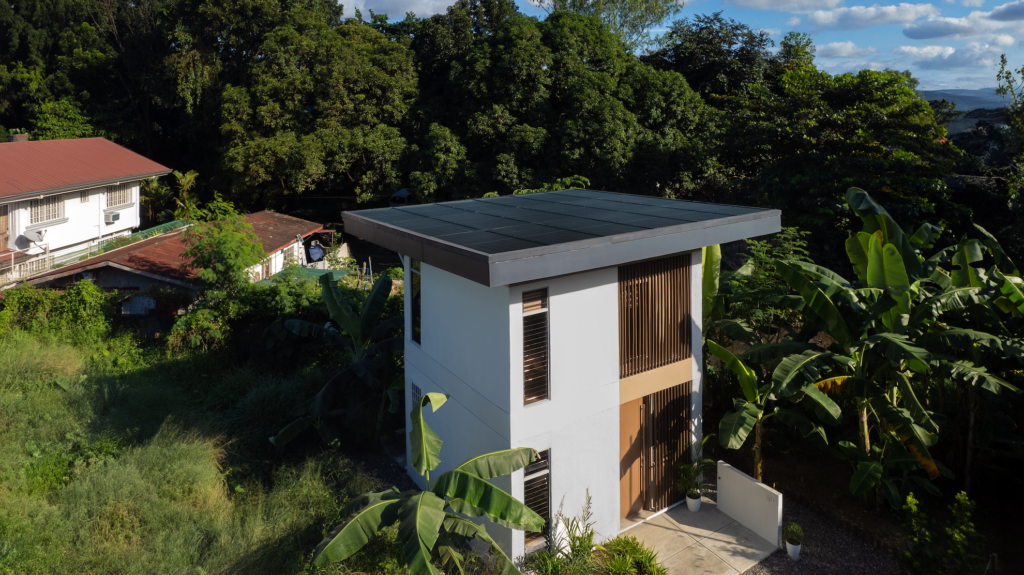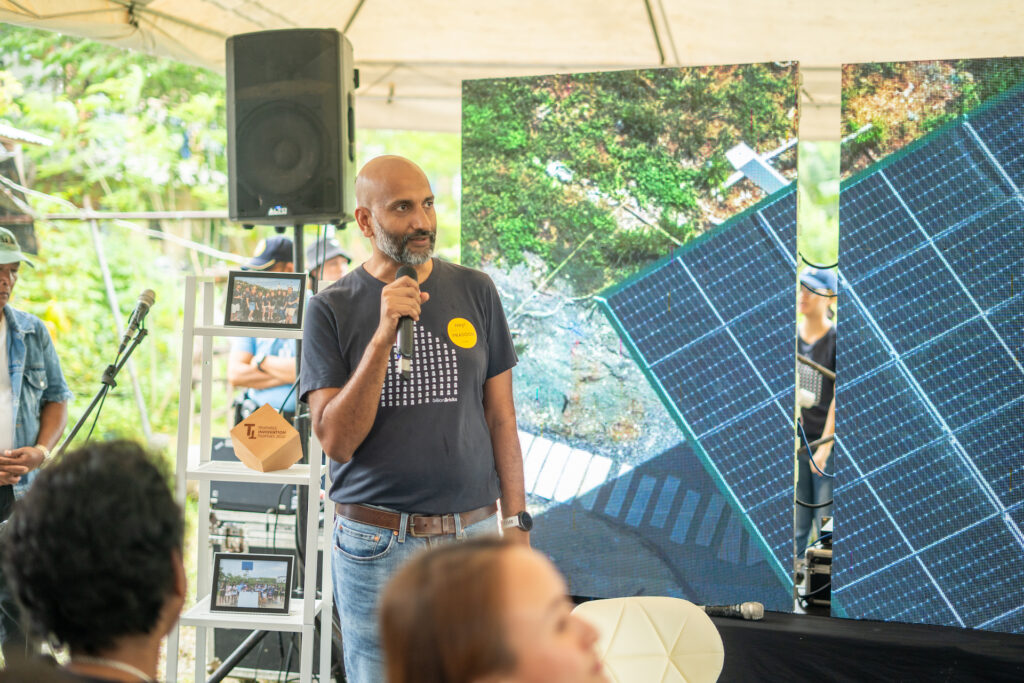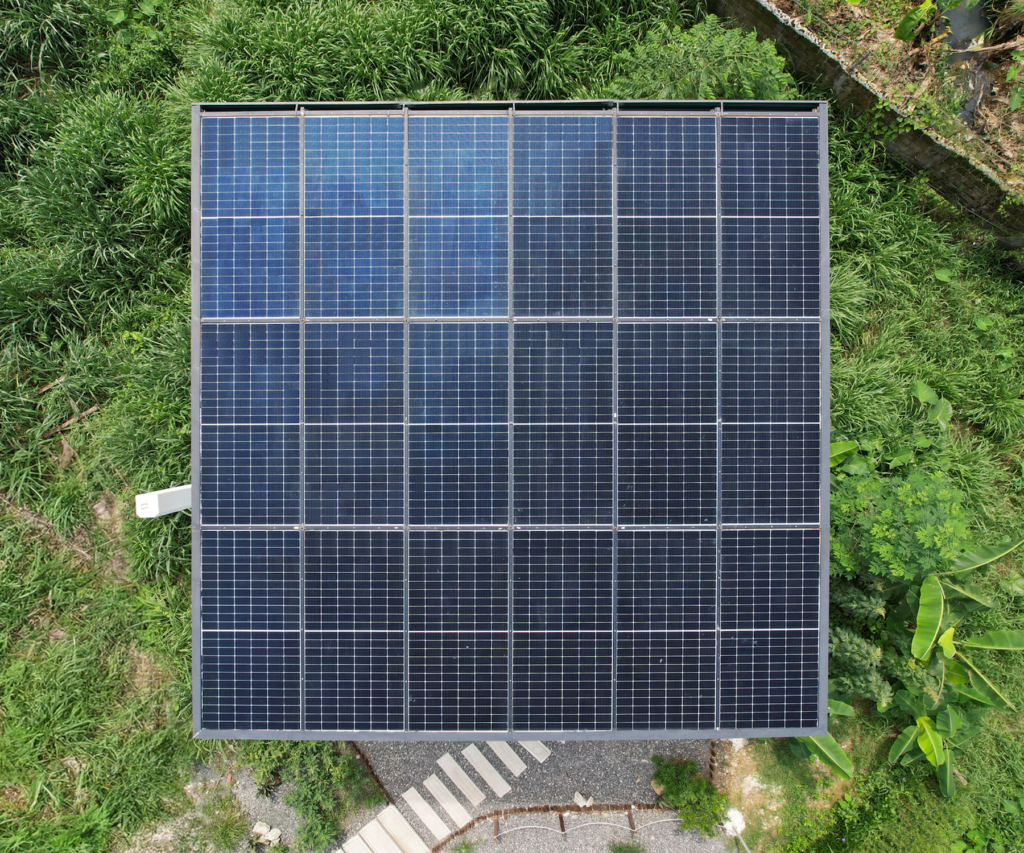Living a net-zero lifestyle can seem like an impossible goal. But no one says it’s a bridge too far. Because with small, actionable steps that you can take today to reduce your environmental impact, you’re moving towards a sustainable future.
To help you do that, here are 10 small changes you can make today to live a net-zero lifestyle in the Philippines!

1. Switch to Solar Energy for your home
The first and primary effective ways to start living a net-zero lifestyle is by switching to solar energy. You see, with solar panels allowing you to generate renewable energy from the sun (which is totally free, btw), you are significantly reducing your reliance on fossil fuels and energy grids.
With the Solar Home Community Project by BillionBricks, we were able to integrate solar rooftops into affordable housing developments. And guess what? We’ve never looked back. We empower families to generate their own energy and reduce their electricity bills. This solution not only reduces energy costs but also helps communities become more resilient to power outages, especially in disaster-prone areas!

2. Improve your home’s population
Living in the Philippines means you meet the sun in over 300 days a year. And during those intense, hot summer days, proper home insulation can cool your home without spending too much energy or air conditioning.
BillionBricks has incorporated eco-friendly materials and efficient insulation in their housing projects, ensuring that homes are comfortable without excessive reliance on electricity. This strategy aligns with the goal of creating energy-efficient homes that support a net-zero lifestyle.
3. Switch to Energy-Efficient appliances
It’s 2025. So, it’s pretty obvious that you have to replace those old, inefficient appliances with energy-efficient models. This may be a small change you can do, but it has a positive impact on the environment.
According to the Philippine Energy Efficiency Project, energy-efficient appliances, like refrigerators, air conditioners, and washing machines, consume up to 50% less energy than their traditional counterparts. While the initial investment may be higher, the savings on energy bills will quickly offset the cost.
If you observe the yellow paper leaflet attached to the appliances when you’re shopping, it has information for Energy Star rating. This detail is a helpful guide when choosing new appliances, ensuring that you select the most energy-efficient models available.
4. Use LED Light Bulbs
This might be the simplest and most cost-effective way you can do to reduce your energy consumption. The thing is; LED bulbs use 75% less energy and last up to 25 times longer than traditional incandescent bulbs. So, if you replace just a few bulbs in your home, you can reduce your energy usage and carbon footprint without the expensive upfront costs.

5. Reduce Water Waste
Did you know that water heating accounts to a large portion of home energy use? According to a study, you can reduce water waste by installing low-flow showerheads and faucet aerators. Doing so can cut water consumption by up to 50%. Additionally, using solar water heaters is an excellent way to decrease energy consumption further while enjoying hot water.
In BillionBricks Sienna Sun-Powered Homes project, water-efficient systems are integrated, helping residents save water and reduce energy consumption, which is an essential part of the community’s commitment to sustainability.
6. Adopt a plant-based diet
This might not be fully applicable to many Filipinos, but a plant-based diet shows a significant decrease in your carbon footprint. If you eat more fruits, vegetables, and plant-based proteins, you’re not only reducing the energy used in food production but also lessen the methane emissions from livestock farming, which is a major contributor to climate change.
7. Carpool or use public transport
Public transport and commuting are very common in the Philippines. Although it might not be a first choice to many, it’s a great way to live a net-zero lifestyle. This is especially true since transportation is one of the largest contributors to carbon emissions globally.
According to the Environmental Protection Agency (EPA), if just one person switches from driving alone to carpooling, they can reduce their carbon footprint by around 2,000 pounds of CO2 annually.
8. Start composting
Composting is an effective way to reduce waste that would otherwise go to landfills, where it produces methane, a potent greenhouse gas. More so, BillionBricks’ community gardens in our solar-powered communities promote sustainable practices like composting and growing food, helping foster a circular economy within the community!
9. Support sustainable companies
BillionBricks exemplifies and prioritises sustainability through its solar-powered homes and commitment to sustainable construction, ensuring that affordable housing projects not only meet housing needs of the Filipino people, but also contribute to environmental sustainability.

10. Educate and Advocate for Change
A critical but often overlooked aspect of a net-zero lifestyle is advocacy. Educating yourself and other people about sustainability is a big step to help the nation get into a net-zero lifestyle someday. Supporting policies that incentivize renewable energy use can have a ripple effect in the community and government.
Together, large-scale change becomes possible.
After reading these 10 small changes you can make today to live a net-zero lifestyle, you’ll realize that it doesn’t have to be overwhelming or out of reach. Just start by doing actionable changes; because one day, the fog will lift and you’ll see the huge difference in your personal carbon footprint. Projects like BillionBricks’ Net-Zero Community are leading the way in creating sustainable, energy-efficient communities. Read more about our insights and let’s do this together!




